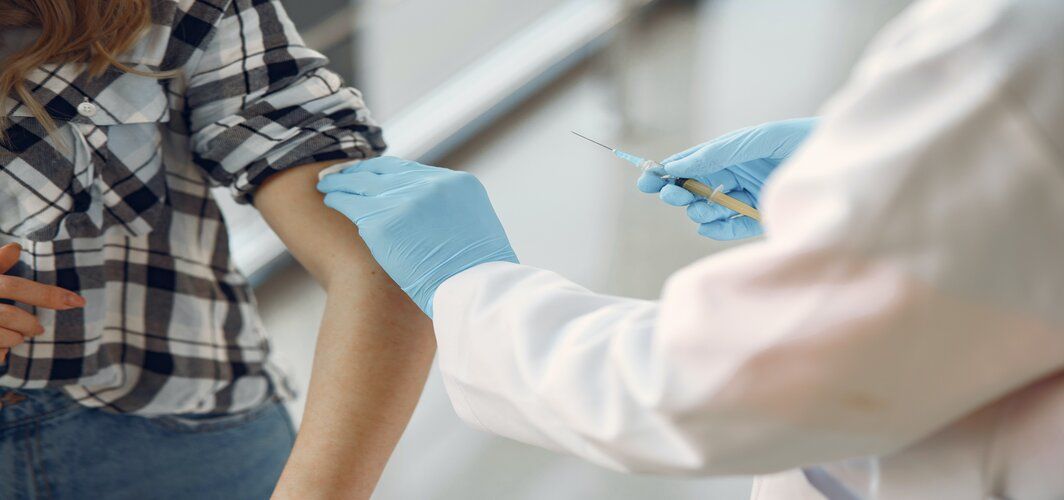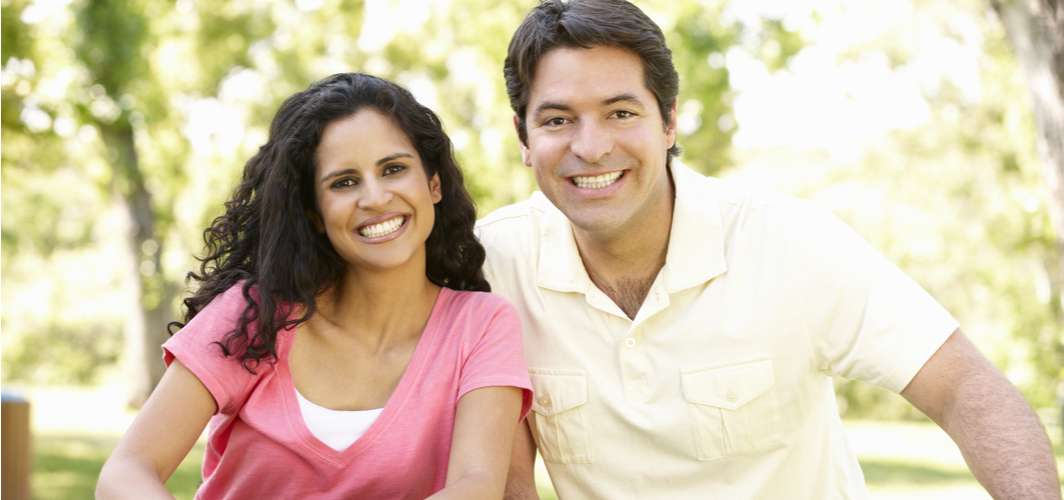Globally, a vaccine for the Coronavirus disease is the most eagerly awaited medical breakthrough. Since it was first detected in Wuhan, China in late 2019, COVID-19 has infected and killed millions of people across the world. To stop further loss of lives, researchers are racing against time to develop a safe and effective vaccine. To quell anxiety, the public is being reassured that a vaccine is just a few months away. For many, the ‘few months’ may seem like a lifetime.Considering the timelines of prior vaccines developed for other diseases, the COVID-19 vaccine research is progressing at an unprecedented pace. To understand and appreciate the Coronavirus vaccine development timeline, we need to take a closer look at other vaccine journeys.
Understanding a typical vaccine development process
Vaccine development is a time taking and expensive process. From preliminary research to manufacturing, it can take 10-20 years and cost hundreds of millions of dollars.
The fastest vaccine ever approved was the Jeryl Lynn strain of live attenuated mumps virus vaccine. The vaccine was approved in 1967 after 4 years of development. However, it was recommended for routine use in the USA only in 1977 - a decade after getting approval. In comparison, the first Ebola vaccine was approved only in late-2019 in the US after roughly 20 years of research and 4 years of clinical testing on thousands of people.
Pharmaceutical companies all over the world follow a 5-stage process for vaccine development.
- Discovery or exploratory research (2-5 years)
This stage involves basic lab research to identify natural or synthetic antigens - foreign substances that induce an immune reaction in humans. These antigens trigger the same reaction as an actual virus or bacteria would generate.
- Pre-clinical stage (2 years)
In this stage, tissue-culture or cell-culture systems and animal testing is done to determine the safety of the candidate vaccine and its ability to trigger an immune response.
The clinical development or clinical trial is a three-phase stage that is used to test the safety and effectiveness of a vaccine candidate. The process is time-consuming and may take years to complete.
- > Phase 1 (1-2 years)
In this phase, small groups of healthy people receive the trial vaccine to evaluate its immune response and safety.
- > Phase 2 (2-3 years)
In this phase, the vaccine is administered to an expanded group of hundreds of people who have characteristics similar to those for whom the new vaccine is intended.
- > Phase 3 (2-4 years)
In this phase, the experimental vaccine is administered to thousands of people and evaluated for efficacy and safety.
- Regulatory review and approval (1-2 years)
A governmental drug regulatory authority reviews the trial data of vaccine and other information in the licensing application. If the review is successful, the authority grants approval to the vaccine.
- Manufacturing and delivery
Once a vaccine is approved, it enters mass production. The drug regulatory authority continues to stay involved by monitoring production; inspecting manufacturing facilities; and testing vaccines for effectiveness, safety, and quality.
What is facilitating the early development and testing of the COVID-19 vaccine?
Several factors have aided the rapid development and testing of COVID-19 vaccine candidates. Thanks to international cooperation and newer technologies, scientists are no more following the traditional and time-consuming format of vaccine development.
Genetic sequencing technology has allowed pharma companies to develop vaccines that contain a small amount of genetic code of the virus. Such vaccines can be easily produced in the lab, unlike those made with weakened or deactivated virus. Genetic sequencing is faster and more reliable than the traditional approach of vaccine processing.
Another factor that has facilitated the rapid development of COVID-19 vaccines is the fact that scientists already had a head-start. COVID-19 is not the first coronavirus that scientists have encountered. They had begun making vaccines for other coronaviruses such as SARS (Severe Acute Respiratory Syndrome) and MERS (Middle East Respiratory Syndrome) in 2003 and 2012 respectively. However, the vaccine development for these viral infections were paused or abandoned, when the outbreaks subsided.
The imperative to introduce a safe and effective vaccine to curb the COVID-19 pandemic has necessitated changes to the traditional vaccine testing and approval process. The testing of COVID-19 vaccine candidates has been expedited while maintaining safety and efficacy standards. The time taken to conduct clinical trials for COVID-19 vaccines has been reduced significantly.
- Phase I clinical trials were reportedly completed in 3 months
- Phase II are expected to conclude in just 8 months
- Phase III trials are reportedly being combined with Phase II trials
Even drug regulatory bodies are reportedly going to expedite the review of the licensing application of the vaccine candidates.
Conclusion
Leading global health experts and epidemiologists are confident that a COVID-19 vaccine would be available within the next few months. Once available, the vaccine will save countless lives and help restore normalcy in our lives. Vaccination has helped humanity several times in the past. Hopefully, it will do the same this time too.
Register yourself with the vaccine tracker for the latest updates on COVID-19 vaccines.







